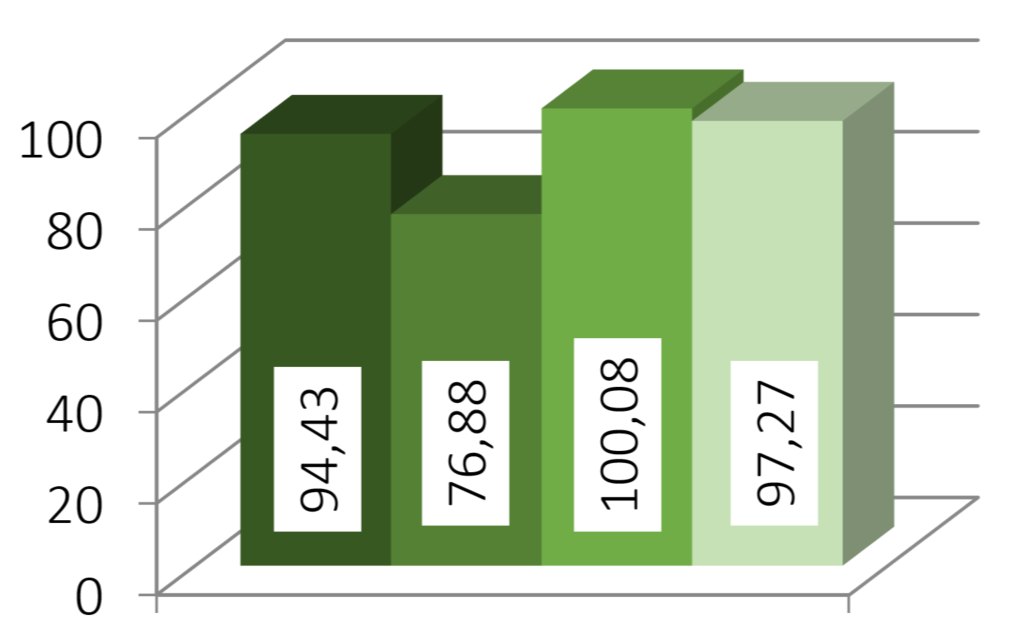Abstract
Microcrystalline cellulose pellets (MCC) and sugar are well-known materials in pellet technology. Pellet technology describes the drug load onto starter pellets for controlled release formulations by Wurster process or others. Inert pellets are made of microcrystalline cellulose, while water soluble pellets are composed of sugar. Both material classes show desirable characteristics, such as a narrow particle size distribution, sphericity, surface smoothness. Also the batch-to-batch reproducibility and robustness of starter cores is high. A comparison does not seem to be that easy …
Starter cores in the micron range
Respecting the final application, the initial size of starter pellets defines the final size of the drug loaded pellet. In case of several layers of API and excipients, the initial size is factorized by the layering process. Pellet sizes in a range from 200 µm to 700 µm are frequently used (Table 1). We will focus on three size classes within this range and compare MCC pellets with those made of sugar.
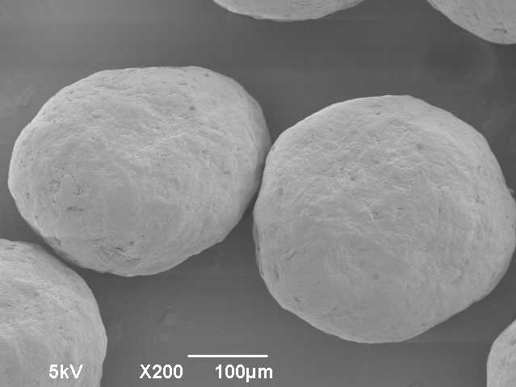
Figure 1: MCC pellets (here: Cellets® 200) are shown with good sphericity and striking surface smoothness.
Small-sized pellets starting at 200 µm
Small-sized pellets with sizes starting at 200 µm and larger, exhibit a comparably large surface-to-volume ratio. This can be beneficial in some applications. For example, taste-masking of bitter API is accessible.
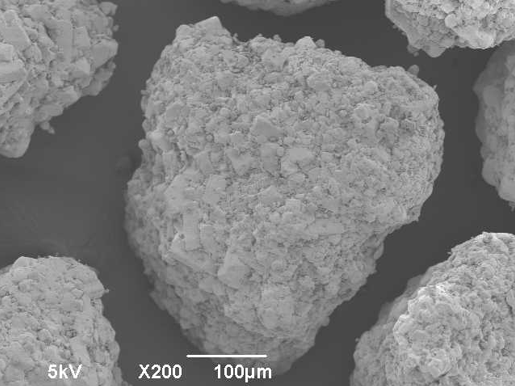
Figure 2: Sugar pellets (here: 50/70 mesh) are shown with moderate sphericity and reduced surface smoothness.
Figure 1 displays a microscopic image of MCC Cellets® 200 and Figure 2 displays the image of sugar pellets in 50/70 mesh, respectively. It is obvious, that for small-sized pellets, the sphericity and surface smoothness of MCC pellets is superior.
| Size | MCC | Sugar |
| small | Cellets® 200 | 50/70 mesh |
| Medium | Cellets® 350 | 40/50 mesh |
| large | Cellets® 500 | 25/30 mesh |
Table 1: Size definition of MCC and sugar pellets.
Mid-sized pellets up to 500 µm
This class of pellets is frequently used for multi-layer coating technologies. Easy processing and reliable batch-to-batch control are positive aspects. Exemplary application is a hydrocortisone formulation for peadiatrics. Again, Figure 3 (MCC pellets) and Figure 4 (sugar pellets) show advantages in surface properties for the MCC material.
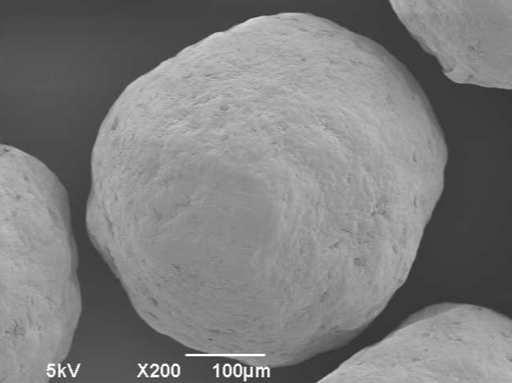
Figure 3: MCC pellets (Cellets® 350) are shown.
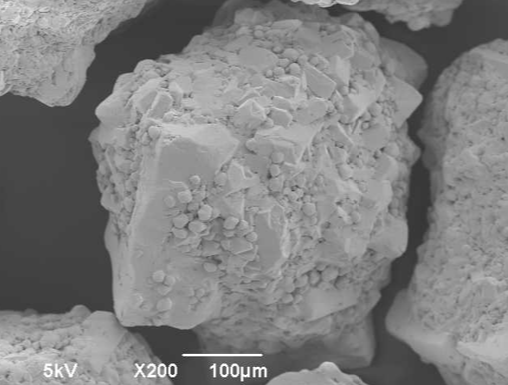
Figure 4: Sugar pellets (40/50 mesh) are shown
Large-sized pellets above 500 µm
In some applications, larger pellet sizes are requested. Let’s have short excurse into straws which can contain larger pellets in dry state. Upon use by sucking liquid through the straw, the API coating dissolves immediately while the pellet remains in the straw by simple filters.
In this size range the striking advantages of MCC pellets are not of immediate importance, but still visible.
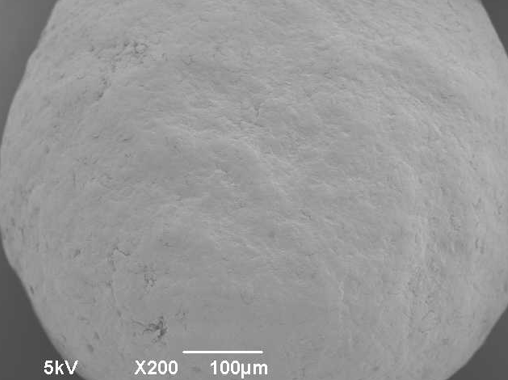
Figure 5: MCC pellet above 500 µm (Cellets® 500).
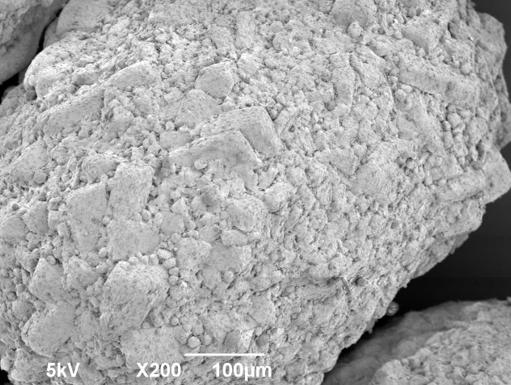
Figure 6: Sugar pellet above 500 µm (25/30 mesh).
Summary
Microcrystalline cellulose pellets (Cellets®) show superior surface and sphericity properties compared to sugar pellets. In case of non-dissolving applications, MCC pellets are first choice. As sugar pellets exhibit strong dissolution in water, there is still a fair application range for them.

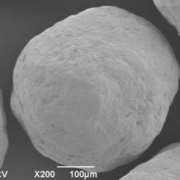 ingredientpharm
ingredientpharm
